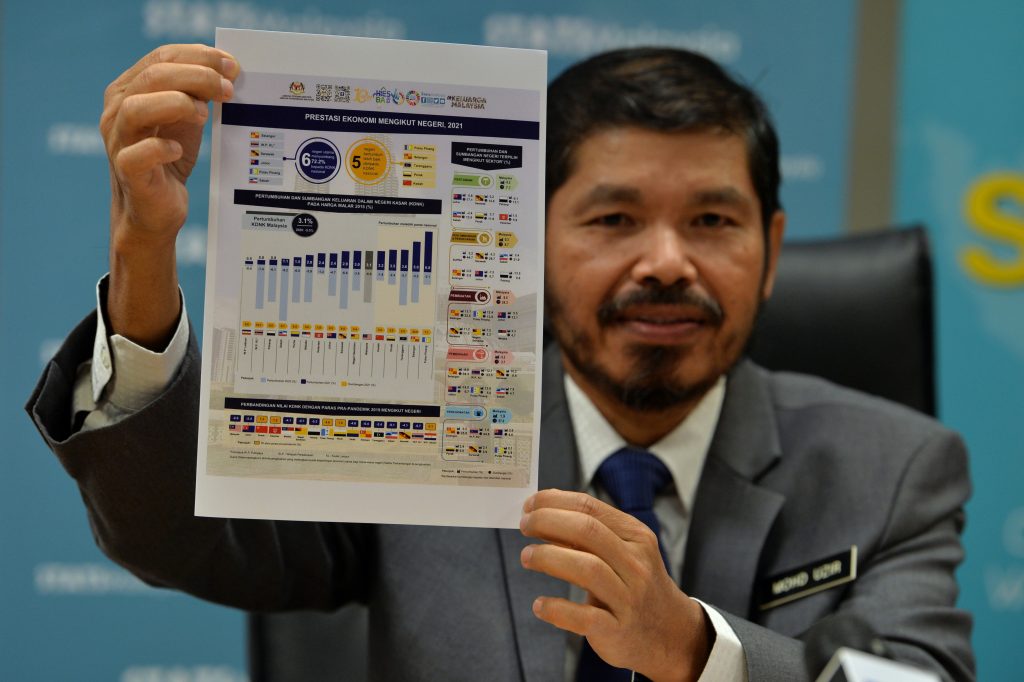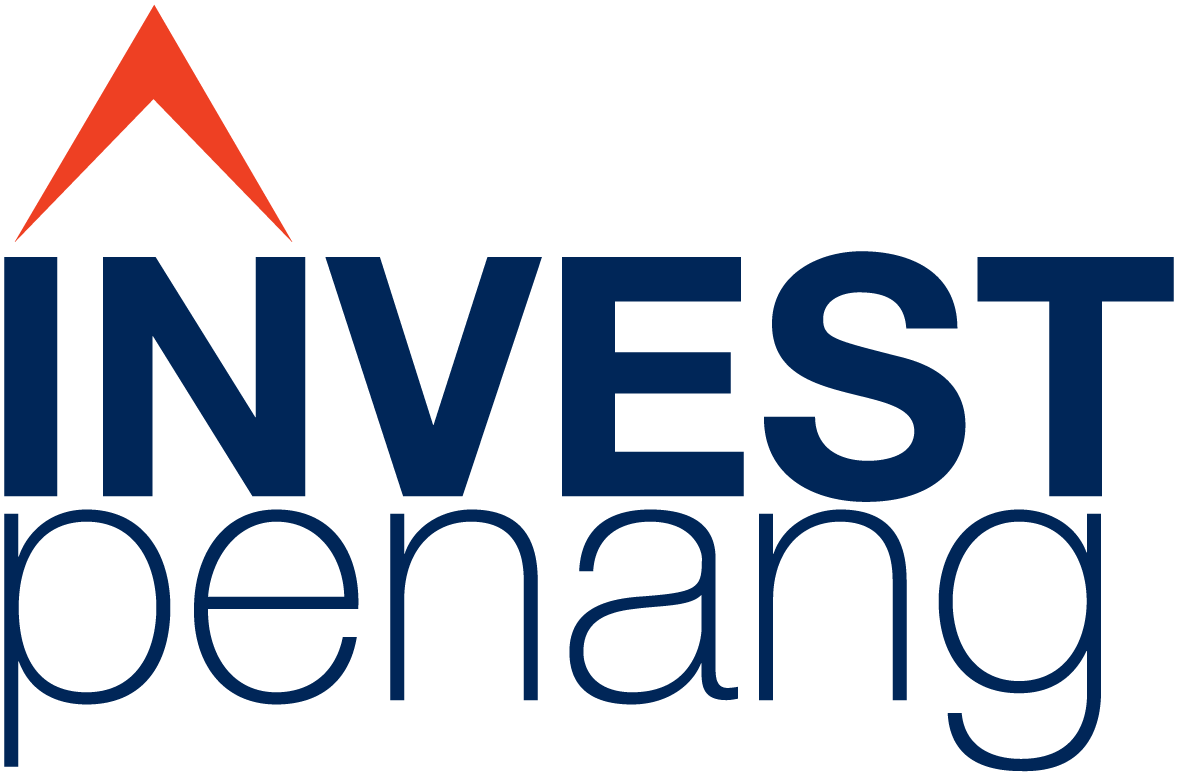


PENANG, June 30th, 2022 – Penang has surpassed the fastest national growth last year by 6.8%, followed by Selangor (5%), Perak (3.5%) and Kedah (3.2%).
According to the Department of Statistics Malaysia (DoSM) chief statistician Datuk Seri Dr Mohd Uzir Mahidin (picture), Penang’s services (47.4%) and manufacturing sector (47.3%) are the powerhouse of its GDP.
In total, these sectors have contributed 94.7% to its total GDP.
Penang’s service sector performance was supported by a 5.4% increase in the utilities, transport and storage, and information and communications subsectors.
However, DoSM observed that a decline in Penang’s wholesale and retail trade, food and beverage (F&B), and accommodation subsectors has led to a smaller upward momentum for the sector.
Mohd Uzir believed that Penang’s electrical, electronic and optical products subsector, which is the main leader in this sector, recorded an encouraging performance of 16.5% (2020: 6.4%).
Increase in the petroleum, chemical and rubber, and plastic products groups, as well as non-metallic mineral products, base metals and fabricated metal products also supported the growth of the manufacturing sector.
“Apart from that, the construction sector contributed 2.5% while 2% was contributed by the agriculture sector, complementing the economic structure of the state of Penang.
“The mining and quarrying sector is the smallest sector in Penang, contributing 0.1% to the state’s GDP,” he said in a statement today.
Apart from Penang, Mohd Uzir also noted that Perak’s manufacturing sector provided a lift to Perak’s GDP, particularly for electrical, electronic and optical products as well as rubber glove products, which remained in demand.
Its service sector also increased by 2.4% on the back of utilities, transportation and storage, information and communication subsector (4.3%).
Terengganu’s GDP was supported by its manufacturing sector, which blossomed by 9.5% following a significant increase in the production of chemical products.
“Johor upholds its position as the top five of Malaysia’s largest economy, recorded a value added of RM131.1 billion and a growth of 2.4%.
“The utilities, transportation and storage, information and communication subsector were the primary driving force, with a growth of 6.7%,” Mohd Uzir commented.
Johor’s manufacturing sector also rebounded with a 5.5% growth, underpinned by electrical, electronic and optical products and chemical products and chemicals.
On the other hand, Sarawak’s manufacturing sector grew 11.2% from petroleum, chemical, rubber and plastic products which also assisted Negri Sembilan’s manufacturing sector (7.2%).
Melaka’s motor vehicle and transport equipment segment diminished by 1.2%, due to a worldwide shortage of semiconductor chips despite a 6.7% increase in petroleum, chemical, rubber and plastic products
Meanwhile, Kelantan’s and Perlis’ economic growth are fuelled by the services sector whereby government services accounts for almost 40% of the sector in these two states while the same sector grew 4.8% in Perlis.
Perlis showed moderate growth of 1.5%, pulled by a 6% decline in the agriculture sector due to a fall in marine fishing activities while Sabah’s economy rose 1% despite declines in manufacturing and agriculture sectors.
The state’s manufacturing sector contracted by 1.8% due to a drop in the manufacture of vegetable and animal oils and fats, while the agriculture sector shrank by 2.4%, influenced by declines in oil palm production and aquaculture activities.
However, Sabah was supported by its services, mining and quarrying sectors.
Source : The Malaysian Reserve
To read more: DOSM Media Statement
